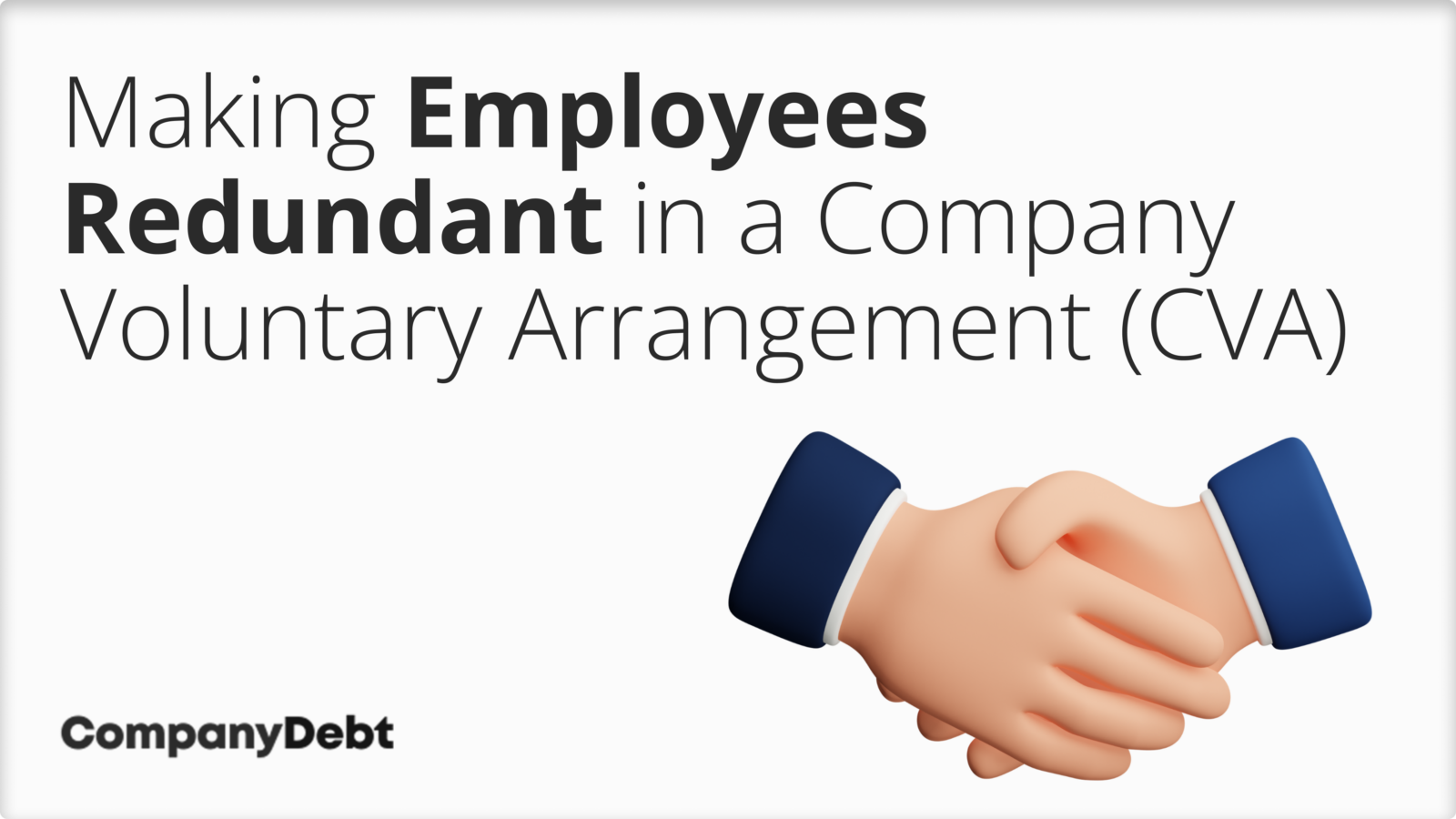Redundancy Pay If Company Goes Bust: Comprehending Your Privileges in the UK
Redundancy Pay If Company Goes Bust: Comprehending Your Privileges in the UK
Blog Article
Exploring the Interplay Between Company Redundancy and Business Versatility for Future Development
In the vibrant landscape of today's service world, the detailed connection between company redundancy and business adaptability arises as a critical element for continual growth and success. Firms typically face the obstacle of striking a delicate equilibrium in between preserving a degree of redundancy to reduce threats and fostering versatility to react promptly to the ever-evolving market demands. This fragile interaction holds the essential to not just enduring in turbulent times however additionally prospering despite uncertainty. As we check out the complex dimensions of this interplay, intriguing insights right into just how organizations navigate these complexities to lead the way for future growth await.
Importance of Company Redundancy
Company redundancy is an important aspect that improves organizational resilience and reduces operational threats. By incorporating redundancy measures within the organizational structure, firms can much better hold up against unexpected interruptions and fluctuations in business environment. Redundancy works as a strategic barrier, permitting business to adjust and react efficiently to unexpected difficulties without jeopardizing vital operations.
One key aspect of the importance of firm redundancy is its duty in making sure continuity during times of situation. When encountered with unexpected adjustments or emergency situations, redundant systems, resources, or employees can step in to maintain crucial features and stop widespread interruptions. This continuity not just safeguards the business's credibility and customer trust fund however also decreases monetary losses and functional downtime.

Approaches for Business Adaptability

Producing adaptable organizational structures that permit for fast modifications to market characteristics and client requirements is crucial for remaining competitive in a rapidly evolving setting. By proactively recognizing prospective interruptions and chances, organizations can proactively prosper and adapt in an ever-changing company landscape.
Harmonizing Redundancy and Adaptability
Attaining a harmonious stability between functional redundancy and organizational versatility is vital in navigating the complexities of a vibrant organization environment. Striking the ideal equilibrium between redundancy and flexibility is a delicate process that needs a deep understanding of the organization's objectives, industry dynamics, and threat tolerance.
To accomplish this equilibrium, companies need to carry out regular evaluations of their operations to determine areas where redundancy is needed for danger reduction and where flexibility can drive technology and development. Applying adaptable structures, promoting a culture of constant knowing and enhancement, and motivating open communication across all levels of the company are vital approaches to integrate redundancy and flexibility properly. By straightening these 2 important aspects, business can position themselves for lasting development and success in an ever-changing service landscape.
Situation Research Studies on Adaptation Success
In analyzing circumstances of successful business adaptation, it becomes evident that the interaction in between operational redundancy and flexibility is a specifying aspect in forming resilient companies. One compelling study is that of Netflix. Initially a DVD rental solution, Netflix demonstrated remarkable adaptability by transitioning right into a streaming platform when digitalization disrupted the sector. By purposefully purchasing innovation and content creation, Netflix not just grew however survived in a quickly developing market. Another standout example try this site is Amazon. Beginning as an on the internet book shop, Amazon continually adapted its business version, broadening right into varied sectors such as cloud computer and expert system. This adaptability enabled Amazon to remain ahead of competitors and fulfill changing customer needs. Finally, Adobe gives a notable image of successful adaptation. The firm shifted from offering software program licenses to a subscription-based model, making certain repeating profits link streams and enhanced customer involvement. These study underscore the importance of functional redundancy coupled with organizational versatility in cultivating long-lasting development and competition.
Building Durability for Future Growth
Structure durability for future growth calls for a tactical alignment of functional processes with market characteristics and arising trends. Firms should adjust to altering environments by cultivating a culture of adaptability, development, and continuous renovation.
Furthermore, cultivating strong relationships with stakeholders, such as clients, employees, distributors, and the neighborhood, is important for weathering unpredictabilities and keeping count on and assistance during rough times. Efficient interaction and openness play a crucial duty in building durability, as they aid assist in and align assumptions cooperation in navigating uncertainties.
In addition, organizations need to prioritize understanding and development efforts to upskill workers and outfit them with the necessary tools to adapt to altering conditions. By investing in their workforce, business can improve their flexibility and agility, eventually enhancing their strength for lasting future development.
Conclusion

In the dynamic landscape of today's business world, the elaborate relationship between company redundancy and organizational flexibility emerges as an important variable for sustained growth and success. Business commonly face the obstacle of striking a delicate equilibrium in between preserving a level of redundancy to alleviate threats and cultivating adaptability to respond promptly to the ever-evolving market demands.To achieve this balance, business require to carry out anonymous routine assessments of their procedures to recognize areas where redundancy is essential for risk reduction and where versatility can drive advancement and development.In final thought, the interplay between firm redundancy and organizational flexibility is important for future growth. Building resilience with a combination of redundancy and versatility will certainly ensure that firms are prepared for the difficulties of the future.
Report this page